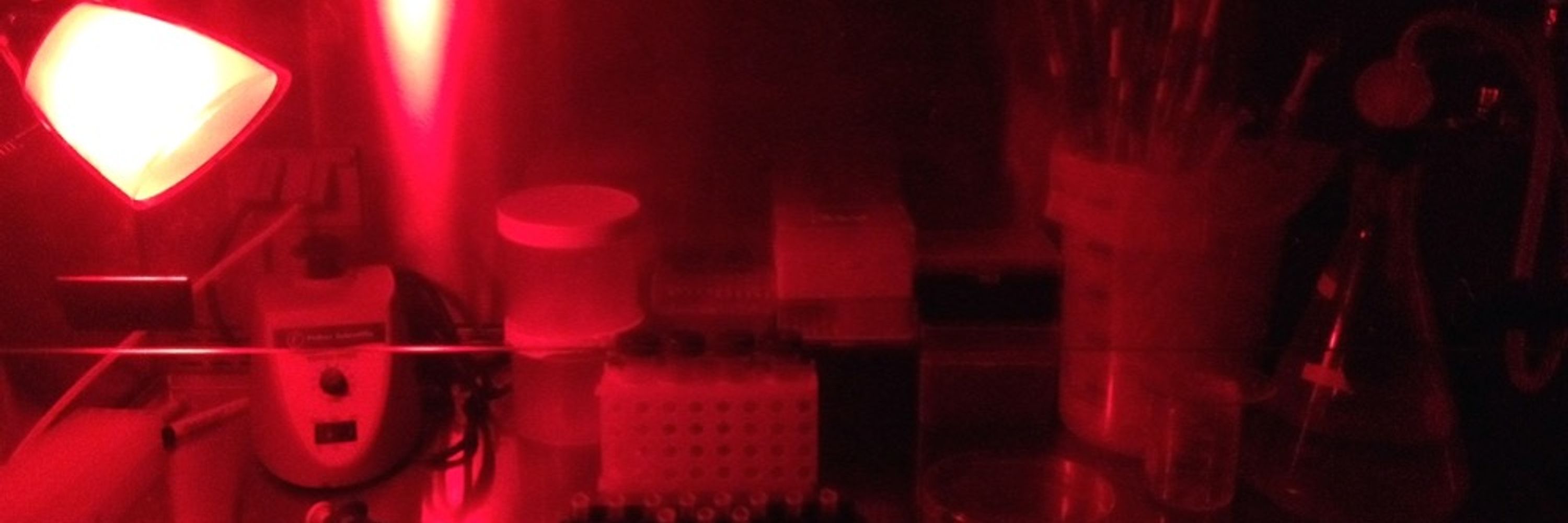
Julie Pfeiffer
@jkpfeiff.bsky.social
Our lab at UT Southwestern studies viral pathogenesis. And sometimes wine.
What we offer:
Activities that build community and collaboration. (5/5)
Activities that build community and collaboration. (5/5)



August 18, 2025 at 2:31 PM
What we offer:
Activities that build community and collaboration. (5/5)
Activities that build community and collaboration. (5/5)
What we offer:
Consideration for our Endowed Scholars Program (large start-up package). (4/5) www.utsouthwestern.edu/education/pr...
Consideration for our Endowed Scholars Program (large start-up package). (4/5) www.utsouthwestern.edu/education/pr...

Endowed Scholars Program in Medical Science
The Endowed Scholars Program in Medical Science provides generous financial support to newly appointed tenure-track Assistant Professors at UT Southwestern.
www.utsouthwestern.edu
August 18, 2025 at 2:31 PM
What we offer:
Consideration for our Endowed Scholars Program (large start-up package). (4/5) www.utsouthwestern.edu/education/pr...
Consideration for our Endowed Scholars Program (large start-up package). (4/5) www.utsouthwestern.edu/education/pr...
What we offer:
Faculty mentoring (grant writing workshops, chalk talks, strategy sessions, etc.). (3/5)
Faculty mentoring (grant writing workshops, chalk talks, strategy sessions, etc.). (3/5)


August 18, 2025 at 2:31 PM
What we offer:
Faculty mentoring (grant writing workshops, chalk talks, strategy sessions, etc.). (3/5)
Faculty mentoring (grant writing workshops, chalk talks, strategy sessions, etc.). (3/5)
What we offer:
A highly collaborative and supportive environment that enables innovative science. (2/5) www.utsouthwestern.edu/departments/...
A highly collaborative and supportive environment that enables innovative science. (2/5) www.utsouthwestern.edu/departments/...

August 18, 2025 at 2:31 PM
What we offer:
A highly collaborative and supportive environment that enables innovative science. (2/5) www.utsouthwestern.edu/departments/...
A highly collaborative and supportive environment that enables innovative science. (2/5) www.utsouthwestern.edu/departments/...
Finally, huge congrats to Valerie on this story, which spanned virology, genetics, cell biology, biochemistry, and mouse infections (thanks to @robertmaples.bsky.social for help with mouse work!). She defended her thesis last week and will start a postdoc with @msdiamondlab.bsky.social soon! 10/10

June 25, 2025 at 1:36 PM
Finally, huge congrats to Valerie on this story, which spanned virology, genetics, cell biology, biochemistry, and mouse infections (thanks to @robertmaples.bsky.social for help with mouse work!). She defended her thesis last week and will start a postdoc with @msdiamondlab.bsky.social soon! 10/10
Thanks to the reviewers and editor Ken Cadwell for their very helpful/constructive comments that improved our paper. Their reviews and our responses are available here under the Peer Review tab: journals.plos.org/plosbiology/... 9/10
June 25, 2025 at 1:36 PM
Thanks to the reviewers and editor Ken Cadwell for their very helpful/constructive comments that improved our paper. Their reviews and our responses are available here under the Peer Review tab: journals.plos.org/plosbiology/... 9/10
This story illustrates why we love forward genetic approaches in virology—they reveal unanticipated facets of replication. In a system where any mutation that increases early progeny could be selected, the fact that an egress-enhancing mutation emerged highlights the inefficiency of MNV egress. 8/10
June 25, 2025 at 1:36 PM
This story illustrates why we love forward genetic approaches in virology—they reveal unanticipated facets of replication. In a system where any mutation that increases early progeny could be selected, the fact that an egress-enhancing mutation emerged highlights the inefficiency of MNV egress. 8/10
We don’t know. But it could be: 1) Early cell death reduces total viral yield in the long run. Indeed, we found that WT “catches up” over a full 16 hour single cycle of infection, 2) Early progeny release induces early host immune responses, 3) K40R viruses could have transmission defects. 7/10
June 25, 2025 at 1:36 PM
We don’t know. But it could be: 1) Early cell death reduces total viral yield in the long run. Indeed, we found that WT “catches up” over a full 16 hour single cycle of infection, 2) Early progeny release induces early host immune responses, 3) K40R viruses could have transmission defects. 7/10
Does NS3-K40R suffer a fitness cost in mice—a complex environment with more selective pressure? Nope. At least not in our relatively short-term infection experiments. So why doesn’t WT virus have arginine at position 40? (Fun fact: human Norwalk virus DOES have arginine at this position.) 6/10
June 25, 2025 at 1:36 PM
Does NS3-K40R suffer a fitness cost in mice—a complex environment with more selective pressure? Nope. At least not in our relatively short-term infection experiments. So why doesn’t WT virus have arginine at position 40? (Fun fact: human Norwalk virus DOES have arginine at this position.) 6/10
Instead, NS3-K40R viruses have faster egress from cells due to earlier mitochondrial disruption and cell death. In spite of this conservative amino acid change, NS3 protein containing K40R disrupted liposomes that mimic mitochondrial membranes at concentrations 10-100 fold lower than WT NS3. 5/10
June 25, 2025 at 1:36 PM
Instead, NS3-K40R viruses have faster egress from cells due to earlier mitochondrial disruption and cell death. In spite of this conservative amino acid change, NS3 protein containing K40R disrupted liposomes that mimic mitochondrial membranes at concentrations 10-100 fold lower than WT NS3. 5/10
She identified a mutation in the N terminal domain of NS3—K40R—that was sufficient to increase replication speed. Curiously, the mutation did not alter RNA replication or NTPase activity, two other important functions of NS3. 4/10
June 25, 2025 at 1:36 PM
She identified a mutation in the N terminal domain of NS3—K40R—that was sufficient to increase replication speed. Curiously, the mutation did not alter RNA replication or NTPase activity, two other important functions of NS3. 4/10
But we didn’t know that when Valerie started her project in 2021. To identify inefficiencies in replication, she used a forward genetic approach to enrich for MNV variants that replicate faster, by collecting the very earliest progeny. (We had IBC approval in advance!) 3/10
June 25, 2025 at 1:36 PM
But we didn’t know that when Valerie started her project in 2021. To identify inefficiencies in replication, she used a forward genetic approach to enrich for MNV variants that replicate faster, by collecting the very earliest progeny. (We had IBC approval in advance!) 3/10
In 2023 our colleagues @tiffanyreeselab.bsky.social & @hanckslab.bsky.social showed MNV egress requires viral NS3, which disrupts mitochondria to induce cell lysis. Without this function of NS3, cells become bags of viruses that can’t escape. 2/10 www.nature.com/articles/s41...
June 25, 2025 at 1:36 PM
In 2023 our colleagues @tiffanyreeselab.bsky.social & @hanckslab.bsky.social showed MNV egress requires viral NS3, which disrupts mitochondria to induce cell lysis. Without this function of NS3, cells become bags of viruses that can’t escape. 2/10 www.nature.com/articles/s41...

